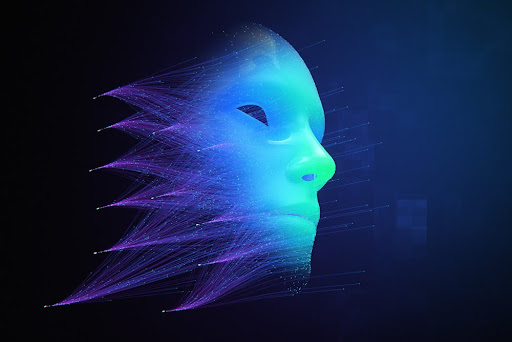Biometrics technology has become a widely used technology in the modern society and face recognition is perhaps the most common of all the biometric technologies. However, as the technology advances, the threats against it are becoming more evolved as well. However, one of the biggest concerns is deepfakes – hyper-realistic synthetic media that are made using AI to replicate people’s faces and speech.
In order to address these deepfake threats, integrating deepfake detection with liveness detection has emerged as a strong approach. So, let us discuss how the concept of liveness detection is fundamental in improving deep fake detection and boosting the stability of face recognition.
Understanding the Challenge: Deepfakes in Face Recognition
Deepfakes are a new generation of fake videos or images where realistic people are inserted into a new context, created by using artificial intelligence. These manipulated media can be used to evade face recognition systems, for fraudulent purposes, for posting fake news, or to slander somebody.
However, even with the help of the detection tools that have been created to identify the signs of manipulation (such as inconsistencies in the face and blinking or unnatural pixelation) – the technology is not perfect. Cybercriminals do not remain stagnant and so Deepfakes continue to be a challenge to identify. This is where liveness detection comes in handy.
What Is Liveness Detection?
Liveness detection is a procedure used in biometric systems to distinguish whether the face provided to the camera is owned by a living person present at the time of recording and not a photo or video or a mask.
Liveness detection can be categorized into two forms:
Active liveness detection: Asks the user to do some activity like blinking, smiling, head turning, following an object that is moving on the screen etc.
Passive liveness detection: Lives in the background and works without any interaction from the user, recognizing details of the face, skin, and reflections.
Liveness Check as a Component of Deepfake Detection
Brings an Additional Live Check
The current deepfake videos may be highly convincing, but active liveness detection cannot be imitated in real-time. One of the ways of exposing pre-recorded or AI-generated media is through asking users to blink, nod, or follow a prompt.
Analyzes Physical and Biological Cues
While deepfakes and 2D images can easily mimic the frame, passive liveness detection can detect micro-textures on the skin, reflections in the eyes, and 3D depth.
Reduces False Positives
They also can be false positives, meaning they sometimes indicate that a video is fake when it is, in fact, real. Liveness check also minimizes the number of false positives that can be made by the system due to impersonation of a legitimate user.
Enhances Fraud Prevention
Together with liveness detection and deepfakes, it is much more difficult for fraudsters in banking, fintech, and remote onboarding to deceive facial recognition.
Real-World Applications
Banking and Fintech: Correct digital identification at the time of on boarding and correct identification of the transaction.
E-commerce: More secure KYC procedures are as follows:
Healthcare: Securing telemedicine against impersonation attacks.
Travel and Border Control: The improvements in the passport control and boarding are also an important aspect of the programme.
Final Thoughts
However, with the advancement in deepfake technology, relying solely on deepfake detection is not enough. Combining liveness detection with face recognition will provide organizations and governments with a second line of defense against identity theft and fraud.
In other words, liveness detection takes face recognition from a mere identification technique that is used once and then compared to the original ID and turns it into a real-time security measure, which makes it significantly more effective against deepfakes.








Leave a Reply